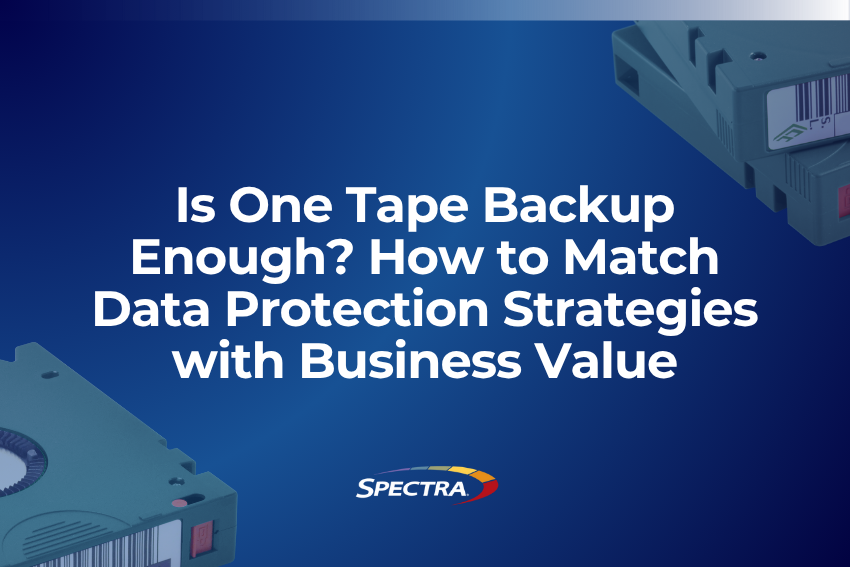
By Matt Ninesling
Senior Director of Tape Portfolio Management, Spectra Logic
Did you know that according to the International Energy Agency, data centers globally consume about 200 terawatt-hours of electricity annually, roughly one percent of the world’s total energy supply?
Imagine a data storage solution that not only protects valuable information but also significantly reduces environmental impact. The conventional perception might suggest that newer, flashier technologies are inherently more sustainable. However, the reality is far more nuanced.
While the world grapples with the escalating energy consumption of data centers, companies can make use of tape storage technology to move toward an eco-friendly future. Tape technology offers a compelling case for sustainability, aligning seamlessly with the ethos of the green tech movement in data storage. Modern tape drastically reduces energy consumption, CO2 emissions and electronic waste.
Tape’s Energy Efficiency
Data centers, as significant energy consumers, are under immense pressure to reduce their environmental impact. While renewable energy sources are crucial to lessening environmental harm, the rising costs and availability of power are serious business considerations. Tape storage requires minimal power and reduces the need for extensive cooling in data centers.
Consider a tape library and a disk system that use similar amounts of power. Tape offers twice the throughput and 10 times the capacity of a comparable disk based storage system. Consuming just 700 watts, a tape library is capable of holding 10PB of data and transfer data at a rate of 4.8 GB/s, translating to an impressive 14TB per watt.
With a similar 750 watts of power, a single chassis disk storage system only offers a modest 1.2TB per watt.
What’s more impressive is that the tapes themselves, when sitting idle on a shelf in the library, consume zero power. In contrast, disk drives continually draw power, highlighting the significant disparity in energy usage between these storage solutions.

Sustainability in Long-Term Data Retention
The longevity of tape technology is another key attribute that sets it apart. It can reliably store data for extended periods with excellent error rates. While users often replace disk storage systems every three to seven years, data stored on tape can last at least 50 years, according to Fujifilm. This prolonged lifespan means fewer migrations and less physical waste. In the same period that might see two to three full migrations on disks, a single migration suffices for tape, resulting in substantially less discarded hardware. In practice most users keep data on the same generation of tape for 10 to 15 years and then migrate to the latest generation so that they can benefit from the huge improvements in capacity and performance.
The environmental impact of manufacturing tape cartridges compared to the equivalent HDD or flash technologies is also significantly lower. A plastic case housing a spool of tape requires far fewer resources compared to the complex platters, circuit boards, motors, and metals found in disk drives.
The advantages of tape storage beyond sustainability are multifaceted:
- Cost Efficiency: Tape remains the lowest-cost storage media on a cost-per-GB basis.
- Extreme Scalability: You can upgrade your tape library with more media for high capacity or drives for high performance or both.
- Reliability and Longevity: Tape enables you to preserve data for decades with a media lifespan of at least 50 years.
- Resilience Against Cyber Threats: Tape has emerged as a valuable tool in fighting against ransomware, ensuring data protection and recovery with air-gapped protection and encryption.
Organizations that are facing sustainability mandates or are simply looking to reduce energy consumption should consider tape. Tape technology can help you not only significantly improve your carbon footprint, but also cut back on costs while offering unparalleled data recovery and protection.






